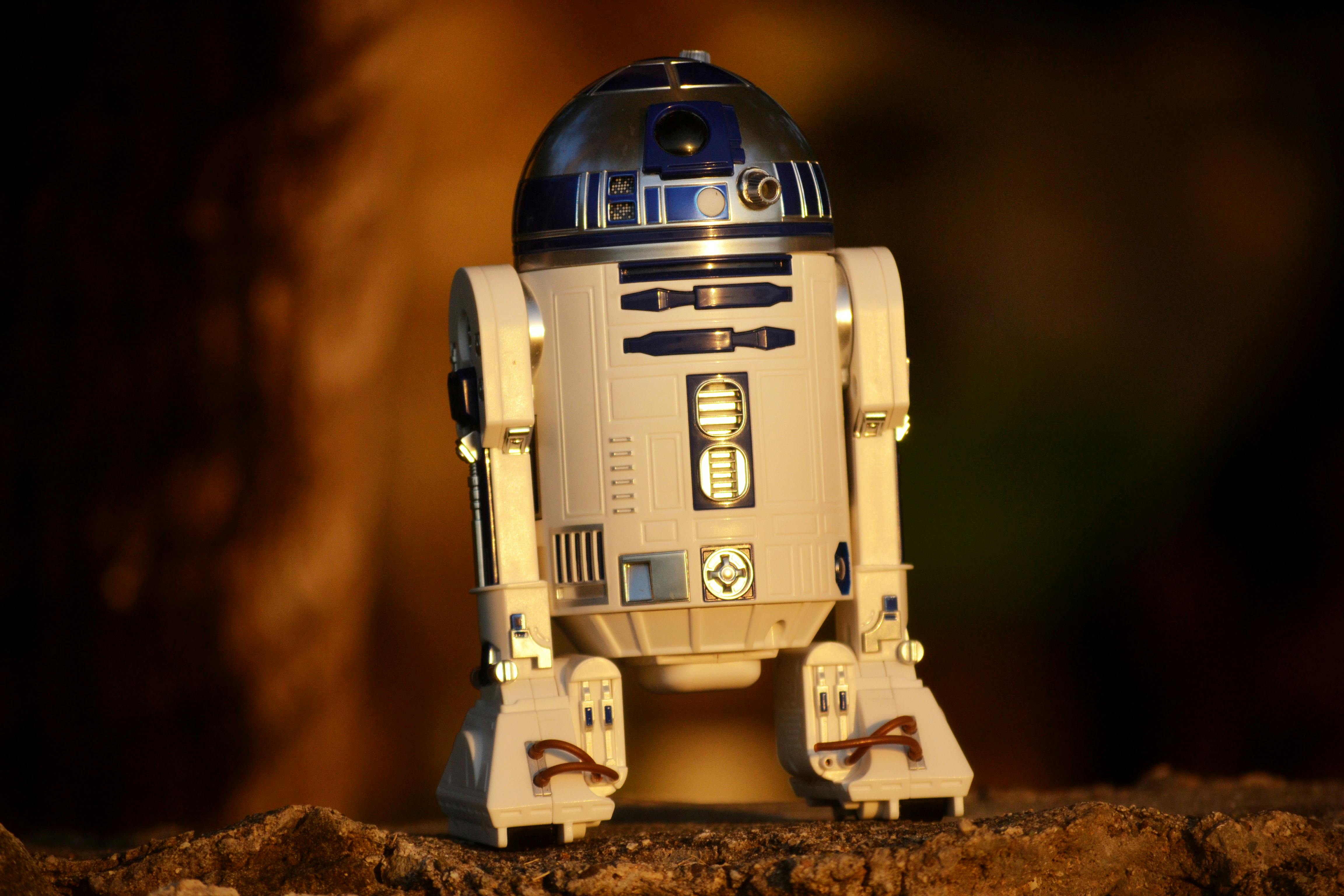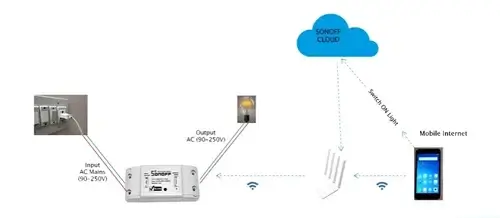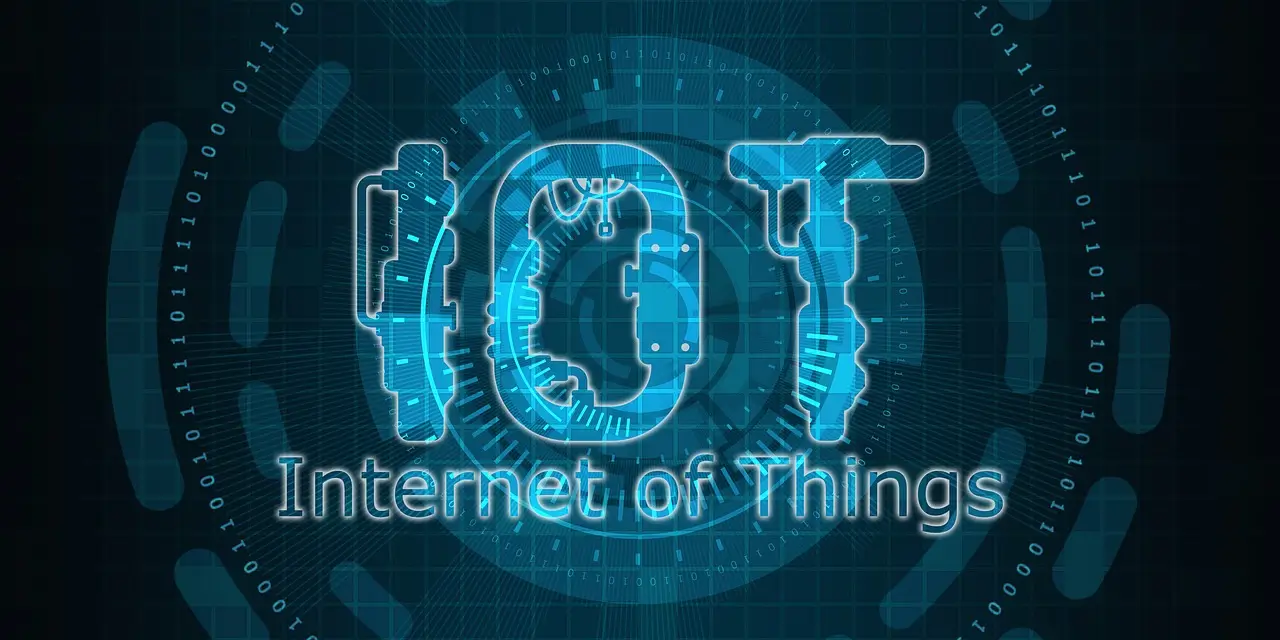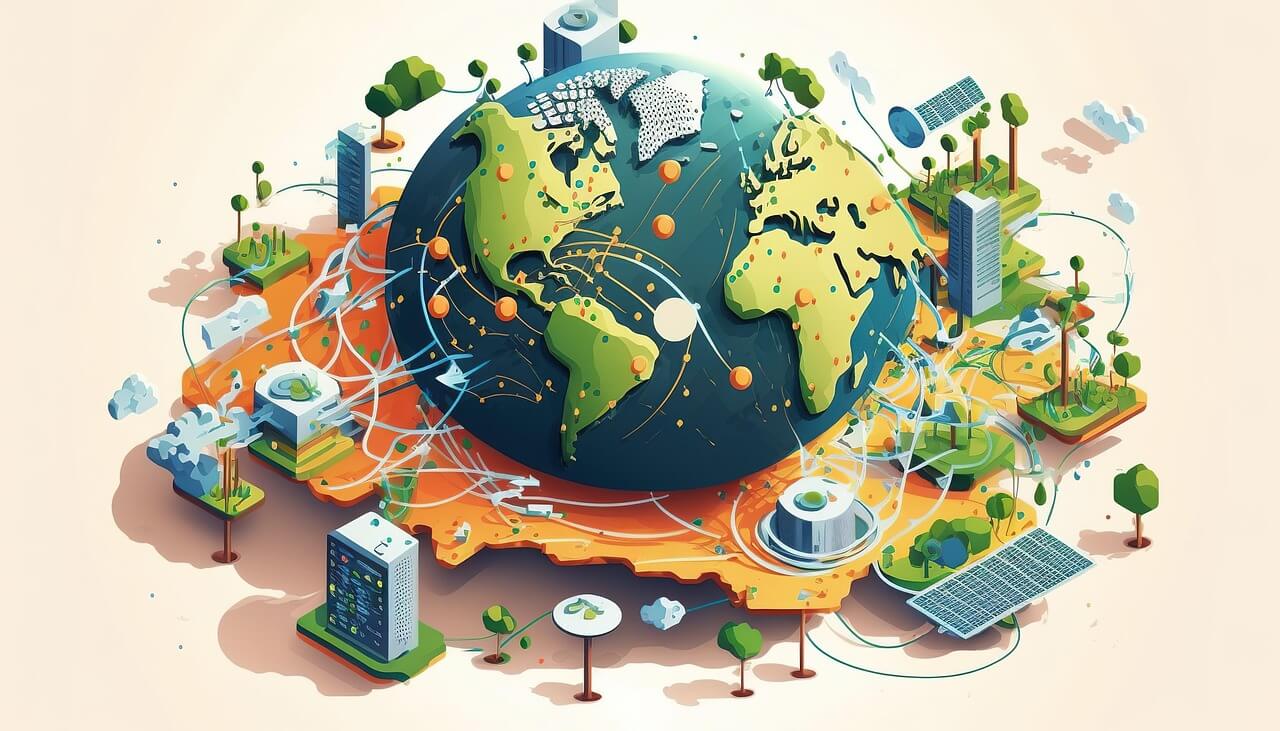The Human Side of IoT: How Technology Is Redefining Connection
We live in a time where our phones talk to our watches, our lights respond to our voice, and our homes know when we’ve arrived before we even open the door. This invisible network that connects our devices, our data, and increasingly, our lives, is powered by the Internet of Things (IoT).
But beyond smart homes and self-driving cars, there’s a deeper question — how is IoT changing the way we connect as humans? In a world that’s more digital than ever, IoT is quietly transforming the way we build relationships, communicate, and experience care and connection.
From Connected Devices to Connected Lives
IoT is often described as a web of smart devices that communicate over the internet. But at its heart, it’s about connection — not just between devices, but between people.
A fitness tracker isn’t just a gadget that counts your steps. It’s a way to stay connected with your loved ones, your goals, and your health. A smart home isn’t just about convenience; it’s about creating an environment that understands and responds to your needs, making life feel more personalized and human.
Every connected device today brings us closer to a world where technology doesn’t isolate us, but helps us stay in touch — with others and with ourselves.
IoT in Everyday Relationships
IoT is reshaping relationships in subtle yet powerful ways:
- Families staying close across distances: Parents can check in on their kids through smart cameras or connected home assistants, while older family members can be monitored for health and safety through wearable devices.
- Shared experiences through smart tech: Friends can watch the same movie at the same time on synced devices, or gamers can play together in immersive, connected environments, no matter where they are.
- Stronger communities: IoT-powered neighborhood apps help people connect locally — from finding lost pets to sharing energy usage and community alerts.
Technology, when designed thoughtfully, can bring a sense of presence, even when physical distance separates us.
IoT and Emotional Connection
Beyond utility, IoT is creating new forms of emotional connection. Smart devices are learning to sense emotions and respond empathetically.
For example, voice assistants can detect stress or fatigue in your tone and adjust their responses accordingly. Smart lighting can adapt to your mood, creating calm when you need it. In healthcare, connected devices help patients feel less alone by keeping doctors and families informed in real time.
IoT is evolving from simply being “smart” to being sensitive — technology that understands humans, not just serves them.
Rebuilding Connection in a Digital World
It’s true that technology can sometimes make us feel disconnected. But IoT offers a chance to rebuild that connection — not by replacing human touch, but by supporting it.
Consider how IoT helps during emergencies. A smartwatch can automatically call for help if it detects a fall. Smart city systems can alert communities during disasters. These technologies bring reassurance and a sense of safety, which are essential forms of human connection.
In workplaces, IoT tools help remote teams collaborate more naturally, sharing ideas through digital whiteboards and interactive dashboards. Even in healthcare, IoT is allowing doctors to care for patients virtually but personally, bridging physical gaps with real-time data.
The Balance Between Connection and Privacy
Of course, with great connection comes great responsibility. As IoT grows, so do concerns about privacy and data security. The challenge lies in building systems that respect personal space while enhancing connection.
Human connection thrives on trust, and so must IoT. Transparent data practices, secure communication, and human-centered design are what will make IoT a force for genuine connection — not just convenience.
The Human Future of IoT
As we move deeper into the digital age, the goal of IoT isn’t just to create smart environments, but meaningful experiences.
It’s about your car knowing your favorite song after a long day. It’s about an elderly parent being able to live independently because their home looks after them. It’s about friendships and relationships that stay alive through technology that understands context, emotion, and care.
In many ways, IoT is helping us rediscover what connection truly means — presence, understanding, and empathy, powered by technology that quietly works in the background to bring us closer.
Conclusion
IoT is redefining human connection by making technology feel more personal, intuitive, and emotionally aware. It bridges distance, strengthens relationships, and reminds us that even in a digital world, connection is still at the heart of being human.
As devices become smarter and more connected, the future of IoT is not just about machines talking to each other — it’s about people feeling seen, understood, and connected like never before.




